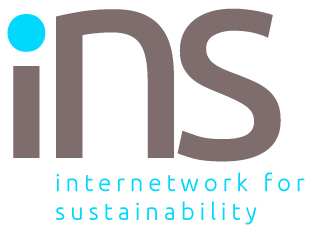Google has introduced Willow, its latest quantum chip, representing a major breakthrough in quantum computing. This chip tackles two key challenges that have long hindered the field.
First, Willow achieves exponential error reduction as more qubits are added. This solves a problem researchers have grappled with for 30 years: reducing errors in quantum systems as they scale. Known as being “below threshold,” this advancement makes it possible to build scalable, fault-tolerant quantum computers. Willow’s design allows larger arrays of qubits—from grids of 3×3 to 7×7—to operate with progressively fewer errors. It’s a milestone in quantum error correction, proving that encoded qubits can outlast individual qubits, a sign of true fault tolerance.
Second, Willow’s computational power is astonishing. It completed a benchmark task called random circuit sampling (RCS) in less than five minutes—a calculation that would take the world’s fastest classical supercomputer 10 septillion years. To put that in perspective, this timespan, 1025 years, is vastly longer than the age of the universe. This performance reinforces Willow’s potential to handle computations that classical systems can’t, a critical step toward quantum supremacy.
Willow wasn’t built overnight. It represents more than a decade of research and development by Google’s Quantum AI team. Fabricated in their state-of-the-art facility in Santa Barbara, the chip exemplifies precision engineering. Unlike other systems that prioritize adding more qubits, Willow focuses on quality. With 105 qubits, it delivers unmatched performance in error correction and computation. Its qubits boast significantly improved coherence times, retaining quantum states for up to 100 microseconds—five times longer than previous chips.
Quantum error correction is vital because qubits are inherently fragile, prone to errors caused by environmental interference. Willow’s ability to reduce these errors in real time marks a breakthrough in making quantum systems viable for practical applications. This achievement also validates the idea that large-scale quantum computers are possible, capable of solving real-world problems that are currently out of reach.
The ultimate goal is to use quantum computing for applications like developing new medicines, designing better batteries for electric vehicles, and advancing fusion energy. Willow’s success brings this vision closer to reality. While benchmark tests like RCS don’t yet have direct commercial uses, they prove that quantum processors are advancing rapidly, leaving classical systems behind.
Google sees quantum computing as a critical tool for the future, even complementing advancements in artificial intelligence. The Quantum AI team believes quantum algorithms can accelerate breakthroughs in fields like machine learning and system modeling, enabling transformative discoveries.
Willow is more than just a technological feat—it’s a glimpse into a future where quantum computing addresses humanity’s toughest challenges. Google invites researchers and developers to join this journey through open-source tools and educational programs, setting the stage for collaborative innovation. With Willow, the dream of practical, scalable quantum computing is no longer a distant goal but an approaching reality.











